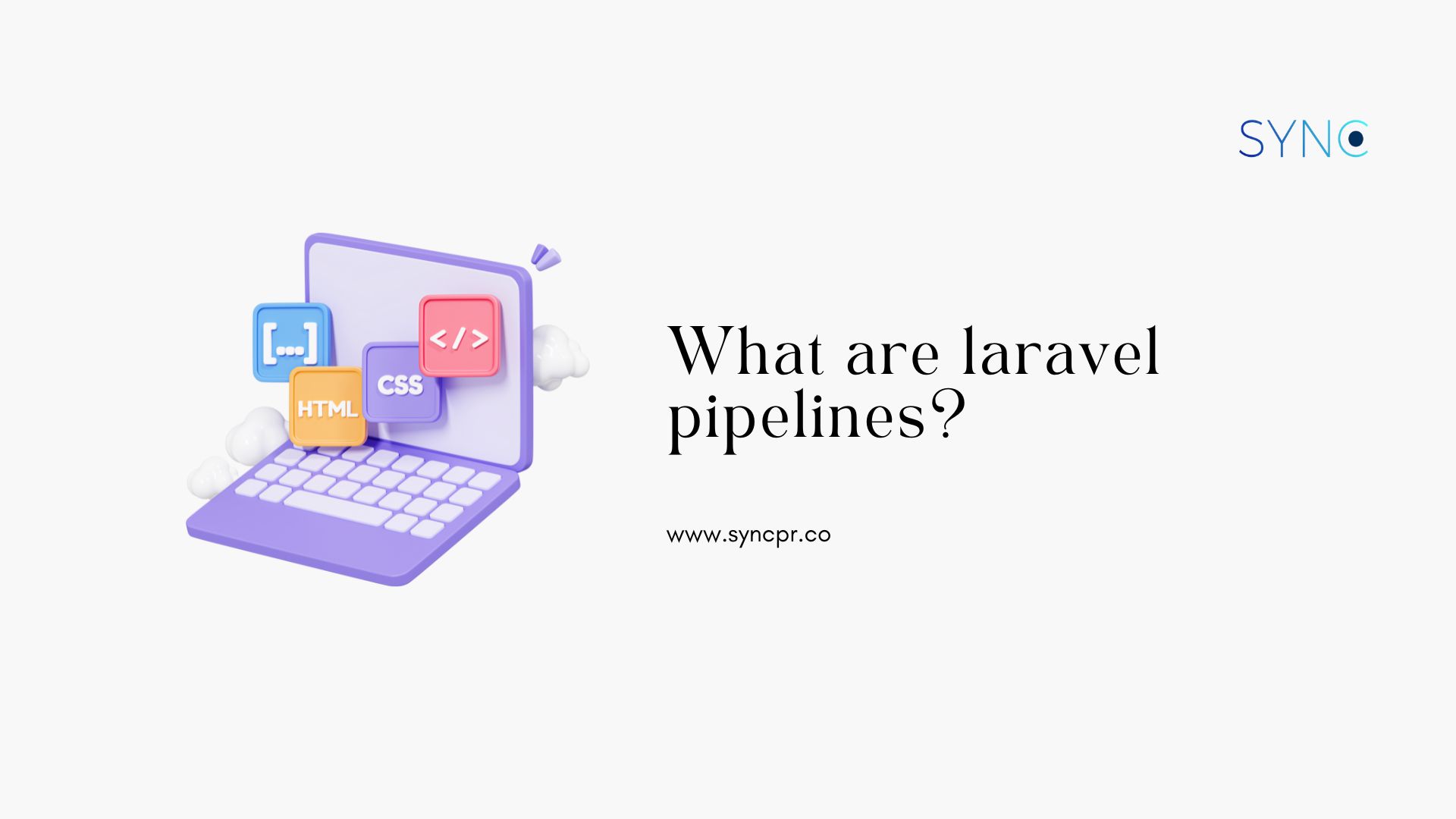In a world where efficiency and scalability in web application development are more important than ever, the Laravel PHP framework stands out for presenting developers with an arsenal of tools designed to write less boisterous and more expressive code. One of the lesser-known yet powerful features of Laravel is its pipeline pattern, providing an intuitive way to handle a series of tasks through a customizable processing channel. By applying Laravel pipelines, developers can create readable and centralized logic for handling complex series of actions. In this article, we delve into the intricacies of this feature and demonstrate how it can revolutionize your coding workflow. Keep reading to uncover the prowess of pipelines in Laravel.
Understanding the Laravel Pipeline and its core concept

The crux of the Laravel pipeline lies in its ability to assist developers in building a series of tasks, which can pass through a chain of processes to achieve a specific end goal. Think of it as a conveyor belt, where each stage in the belt can modify, redirect, or halt the passage of an object. In technical terms, this object is usually a request or data, and the stages are closures or invokable classes that apply particular actions to it.
A Laravel pipeline is built on the principle of the Unix pipeline, where the output of one process becomes the input of another. This seamless linking of tasks fosters a clean and manageable code structure, aligning with the Laravel’s philosophy of writing elegant and simple code. The Pipeline class in Laravel achieves this by using the method pipeline, available through the Illuminate\Support\Facades\Pipeline facade.
For developers familiar with Laravel’s middleware, the pipeline concept will seem analogous. Both involve passing a request through several layers before it reaches the application core or is sent back as a response. The difference, however, is that pipelines offer a more general-purpose use, not limited to HTTP requests alone. They can be a part of any data-handling process within the application.
How a Laravel Pipeline enhances middleware operations
The Laravel pipeline pattern breathes life into middleware operations by enabling a flexible and decoupled way to add layers of logic around a request. In a middleware configuration, each piece of logic, such as authentication or logging, is encapsulated in its layer, allowing the handling of requests to be more modular and composable.
What pipelines bring to the table is the ability to structure these operations following a series of steps without imposing strict on-routing constraints. While middleware typically binds to routes or controller actions, pipelines can be executed as part of any logic that requires a chain of responsibilities. This results in middleware-like operations that are readily manageable and less prone to entanglements with the framework’s routing layer.

Implementing custom Pipelines in a Laravel application
To implement a custom Laravel pipeline, developers need to understand that it consists of a series of stages or “pipes” that operate on passable data. Creating a new pipeline involves defining these pipes and deciding the conditions or manipulations that each will apply to the data. The beauty of custom pipelines is that they encapsulate the peculiarities of your application logic.
Each pipe can be a closure or an invokable class, providing flexibility on how the logic is defined. For closures, the implementation is straightforward, often included directly when defining the pipeline. Invokable classes provide a structured approach, allowing for more complex operations and reusability across the app. The choice between using closures or classes depends on the complexity and reusability of the tasks at hand.
Once you have your pipes set up, the journey of the data through the pipeline begins with the method Pipe’s send() method, flowing through each pipe via the through() method, and finally returning the result with the then() method. This means that your pipeline is fundamentally a chain of callable entities, each empowered to interact with the data passing through it.
Overall, a Laravel pipeline is an instrumental feature of the framework that can transform the approach to handling complex series of tasks within an application. By enabling developers to create clear, concise, and maintainable code, they foster best practices and ensure scalable and robust solutions. As with any complex tool, understanding when and how to use it is as crucial as the benefits it brings to the development lifecycle.

